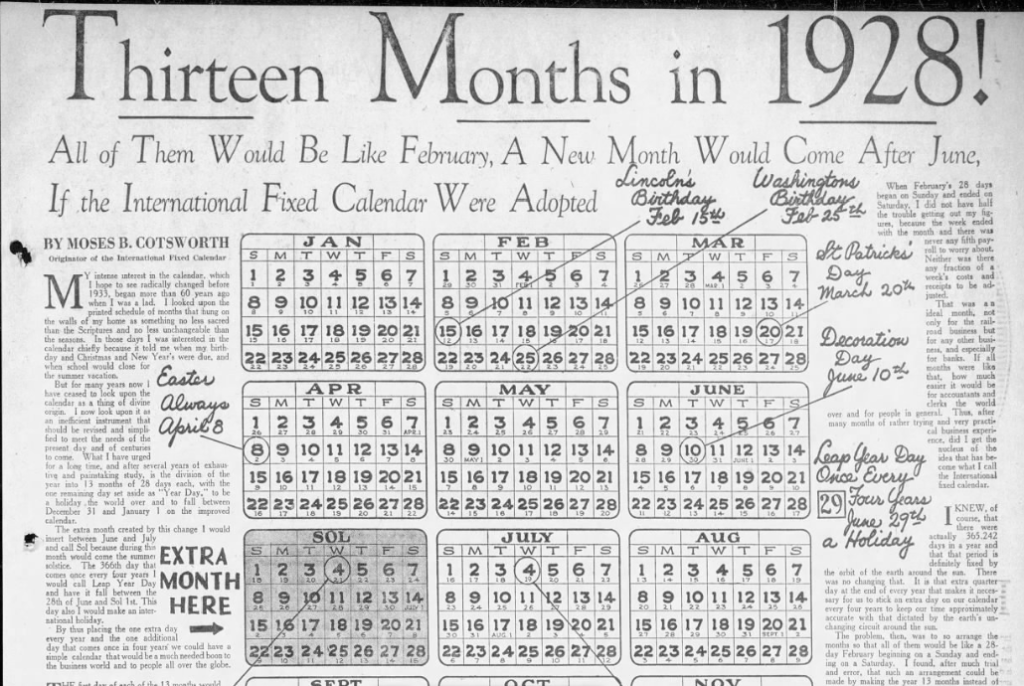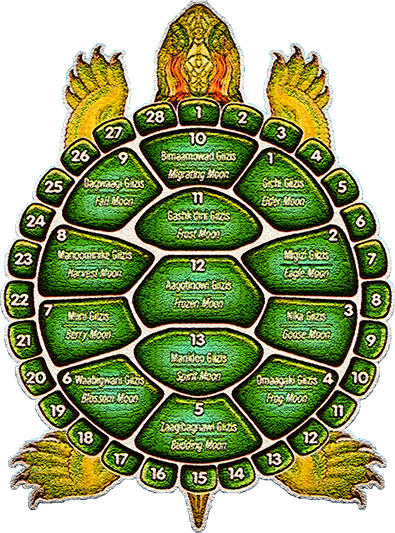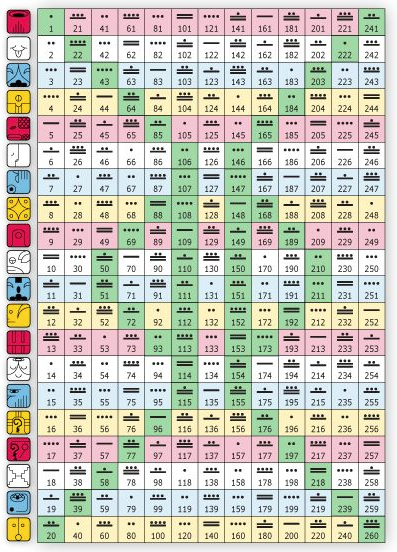Some time ago...
History of the 13-Month Calendar
The idea of a 13-month calendar dates back to the 19th century when various reformers sought a more uniform and rational way of measuring time. One of the most well-known proposals came from British engineer and astronomer Moses B. Cotsworth, who, in the early 20th century, suggested a calendar consisting of 13 months of 28 days each.
Cotsworth's concept was based on simplicity and mathematical uniformity – each month would start on the same day of the week, making scheduling and accounting processes easier. Additionally, the entire calendar would span 364 days, with an extra "Year Day" that did not belong to any month and would serve as an international holiday.
This system was also supported by George Eastman, the founder of Eastman Kodak, who implemented the 13-month calendar in his company and used it from 1928 to 1989. His main argument was that calendar reform would increase efficiency and reduce confusion in work scheduling.
Despite some supporters, the system was never widely adopted. Religious communities strongly opposed it, as the "extra days" would disrupt the traditional seven-day weekly cycle. Furthermore, implementing a new calendar system would require massive changes in global administration, which was politically and economically impractical.
Today, the idea of a 13-month calendar remains an interesting proposal for simplifying timekeeping. However, most of the world still relies on the Gregorian calendar, which has been in use since 1582.
The benefits
Advantages of the 13-Month Calendar
The 13-month calendar offers several benefits that make timekeeping more consistent and practical. These advantages include:
Consistency and Simplicity – Since each month has exactly 28 days, every date falls on the same day of the week each year. This eliminates confusion when planning schedules and financial calculations.
Regularity in Business and Accounting – With all months being equal, financial quarters and reports become simpler, reducing errors in accounting and payroll calculations.
Better Alignment with Natural Cycles – The 13-month structure more closely matches the lunar cycle, which consists of approximately 13 full moons per year. Some argue that this alignment could lead to a more natural perception of time.
Fixed Work and Holiday Schedules – Employers and employees would benefit from predictable work and vacation schedules, as holidays and paydays would always fall on the same weekday.
Enhanced Efficiency in Education and Government – Schools and public institutions could operate on a fixed cycle, reducing the need for complex annual adjustments in academic and administrative planning.
Global Synchronization – A uniform calendar could simplify international cooperation by standardizing time-related processes across different regions and cultures.
While the 13-month calendar presents clear benefits, its implementation would require overcoming significant cultural, religious, and administrative barriers. However, it remains an intriguing alternative to the current Gregorian system.
Celebration
New Year's Day on April 1st
In the 13-month calendar system, the New Year begins on April 1st, marking a shift from the traditional Gregorian New Year's Day on January 1st. This date was chosen to align more closely with natural seasonal changes, as spring represents renewal, growth, and a fresh start in many cultures.
April 1st as New Year's Day also carries historical significance. Before the adoption of the Gregorian calendar, many civilizations, including the Romans and early Europeans, celebrated the new year around the spring equinox. The transition back to this timing reinforces a connection to nature’s cycles and agricultural rhythms.
Another advantage of an April 1st New Year is its placement outside the busy holiday season, allowing for a more focused and intentional start to the year. By decoupling New Year's from winter festivities, this system promotes a fresh perspective on planning, goal-setting, and personal renewal.
Despite its practical benefits, shifting the start of the year to April 1st would require a cultural adjustment. However, given the increasing interest in alternative timekeeping methods, this concept offers a compelling re-evaluation of how we measure and celebrate time.
Calendar
Months in the 13-Month Calendar
The 13-month calendar introduces a new structure where each month consists of exactly 28 days, ensuring a consistent and predictable cycle. The months retain their traditional names, except for the additional month, Solar (Sol), which is inserted between June and July.
Names of the Months
1. January
2. February
3. March
4 April
5 May
6. June
7. Solar (Sol) – The newly added month
8. July
9. August
10. September
11. October
12. November
13. December
The Significance of Solar (Sol)
The introduction of Solar (Sol) as the 7th month serves to balance the calendar and align it more evenly with natural cycles. The name Solar reflects the importance of the Sun, symbolizing energy, warmth, and renewal at the height of the year’s solar influence. Placing it between June and July ensures that each month has equal standing within the calendar year, making calculations and scheduling more intuitive.
Why "Solar (Sol)"?
The name Solar (Sol) is inspired by the Sun, which plays a crucial role in Earth’s timekeeping and seasonal changes. It symbolizes:
Balance – Being placed in the middle of the year, Solar creates a natural midpoint in the calendar.
Light and Energy – As it falls in the middle of summer in the Northern Hemisphere, it represents the peak of the Sun’s power.
Renewal – Many ancient cultures held midsummer celebrations that honored the Sun as a source of life and growth.

The view...
13-Month Calendar


